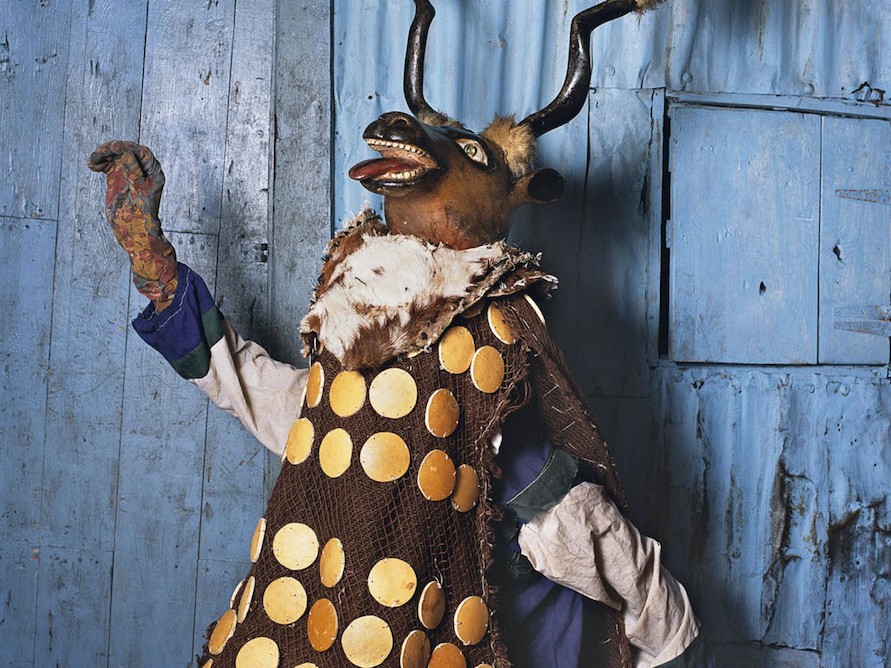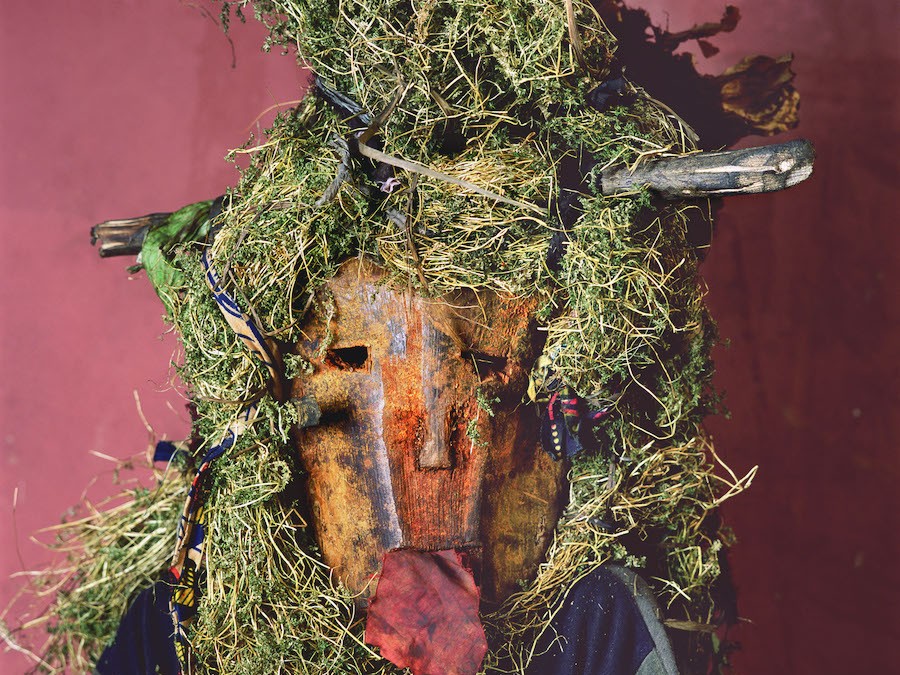Share this!
9 Reasons Why You Should Hike Table Mountain
If there’s one image that’s been used countless times to portray South Africa, it’s probably Nelson Mandela. But if you are a hiker, you’re likelier to think along the lines of Table Mountain.
The distinctive flat-topped mountain 3 kilometers long forms a striking and formidable backdrop to what is already a charming coastal location at the foot of South Africa. The mountain looms over the city, perhaps in the same way it does to the imagination of thousands of travelers who take the pains to journey to the far south of the African continent.
And these intrepid travelers are richly rewarded with the warmth and easy living vibe of Cape Town, and that iconic image of a mountain that beckons adventure on its slopes. You can take it easy or hard – there are several routes that cater to various levels of skill and fitness, so there’s really no excuse not to give it a go.
If you still need convincing, consider what you are missing out:
Stunning Views
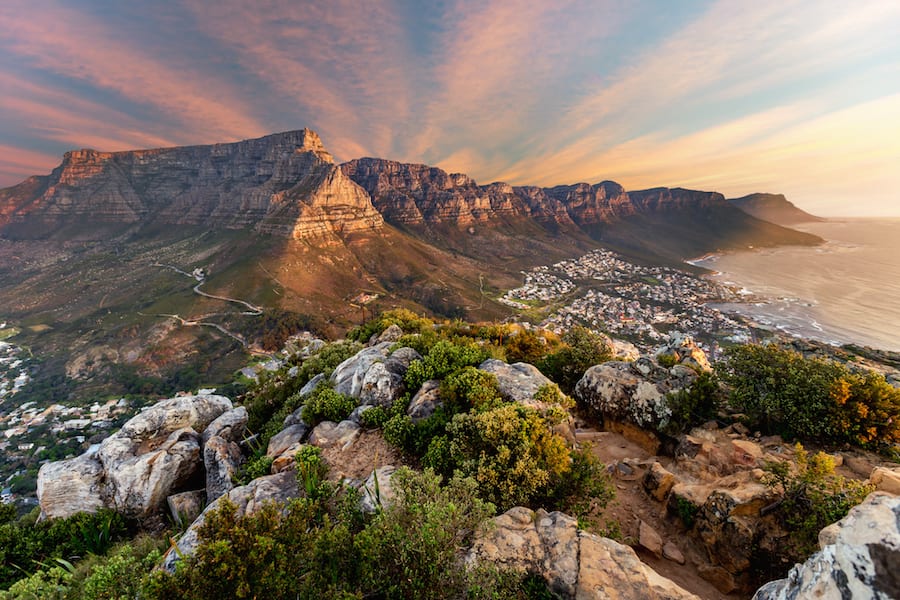
It’s one thing to see Cape Town’s iconic landmarks up close, ant it’s quite another to see them from the top of the Table Mountain. The panorama from the summit via the Platteklip Gorge (most popular route because it’s the safest) takes in the Lion’s Head, Signal Hill (or the Lion’s Rump), Robben Island (where Nelson Mandela was imprisoned), the City Bowl, the Table Bay and the Devil’s Peak. Fit and experienced hikers can get to the top in an hour, an advantage to consider when this route gets heavy traffic in the summer. For those averse to crowds but not to heights, Kloof Corner is another popular but hair-raising route (at least for first-timers) that takes climbers up steep rock faces with the help of permanent chains and staples. The City Bowl, the Atlantic seaboard, the Lion’s Head and the Twelve Apostles can all be viewed from this angle.
The Best Place in Cape Town to Mail a Postcard
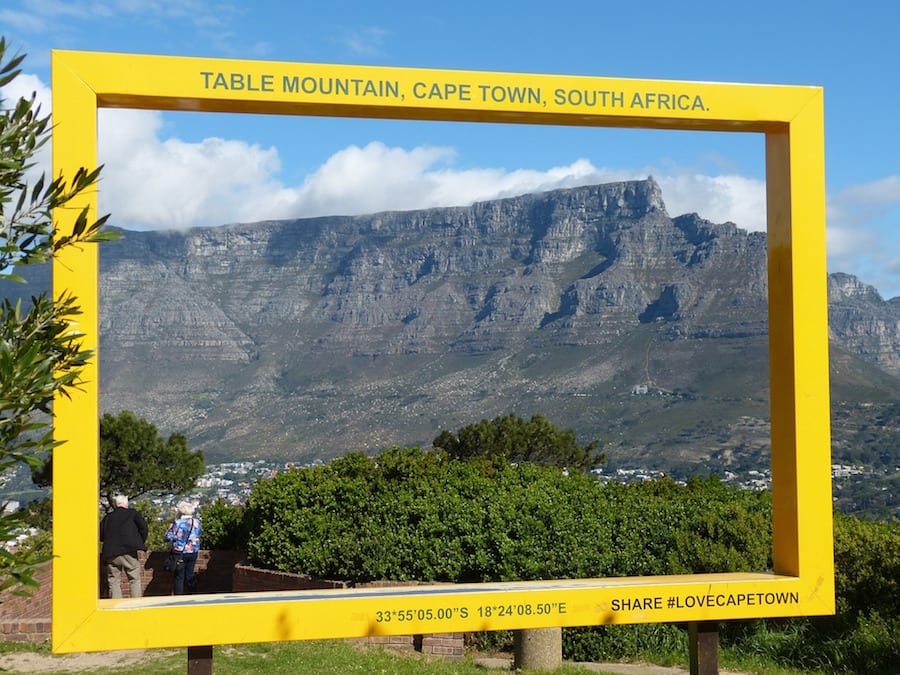
In the digital age, paper postcards maybe a quaint remnant of the 20th century, but a postcard ‘franked’ (embossed with a machine) with a unique Table Mountain stamp? That’s special. (So what do you write at the back of the postcard? A joke, perhaps? “What do you call the cloud cover that regularly blankets the Table Mountain?” “The ‘table cloth’, what else!”)
Postcard-pretty Protea

The sugarbush (Protea repens) is the original South African national flower before its place was usurped by King Protea (Protea cynaroides), but that doesn’t matter one bit to ants and bees who flock to these flowers for their rich nectar. Proteas form a prominent part of Cape Peninsula’s fynbos (“fine bush”) biome, and so has traditionally been part of Cape Town folklore from the time the native Khoekhoe offered honey to Jan van Riebeeck (of the Dutch East India Company) made from the sugarbush. Over time, the protea has not only signified the beauty of South Africa, but has also come to symbolize change and hope during South Africa’s difficult years.
UNESCO World Heritage Site
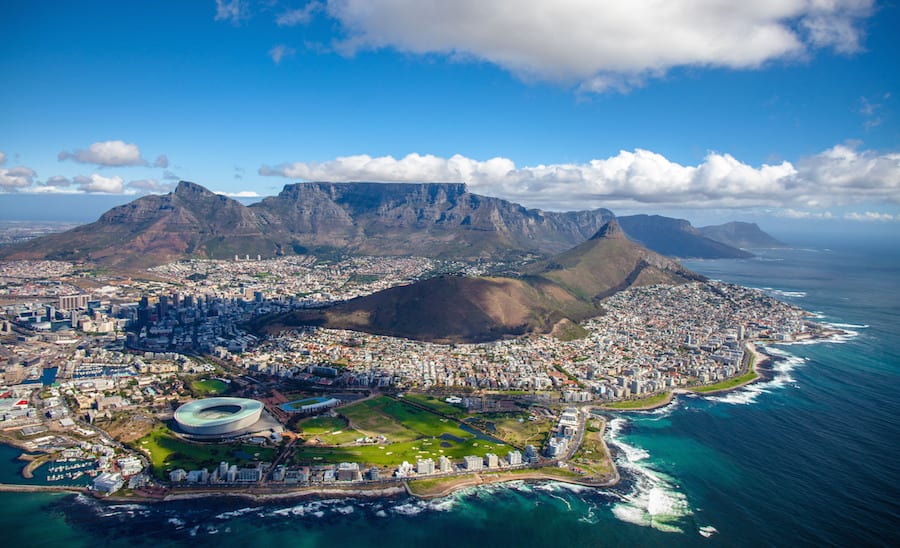
There’s a pathway around the mountain that takes you right back where you started (in case you are prone to getting lost). But it’s more than a just boring tour of the mountain following an established path. Table Mountain is a UNESCO World Heritage Site, and what better way to learn more about it than from interpretive panels placed along the route for your reading pleasure? You get to exercise your legs and your brain that way.
Click here to learn more about UNESCO World Heritage Sites in Africa!
Because It’s There
If mountaineers from all over the world travel to the Himalayas to climb Mount Everest “because it’s there,” then there’s no reason not to climb Table Mountain, especially as it’s right in the middle of Cape Town. And there are various routes up the summit if you are keen to explore. There’s the easy and popular climb via the Platteklip Gorge; the in-your-face ascent up steep rock faces using chains and staples via the Kloof Corner; and the less-trodden path via Kasteelspoort if you have time to wander off the beaten path. The Kasteelspoort route requires a longer hike because it approaches the mountain from the back end. But it’s safe, easy, scenic and relatively crowd-free. It’s an ideal route up the mountain if you want a meditative hike as you will have to pass through several vantage points and vast isolated valleys before you reach the bustle of the upper cable station.
Waterworks
The drought of 1880 made Cape Town residents realize that they were at the mercy of a single Table Mountain stream. To augment what meager water supply they received from on high, the town planners engineered a pipeline stretching for several kilometers to reach the city center. To ensure year-round flow, they built reservoirs on the Table Mountain, which to this day continue to supply a small portion of the city’s water needs. Take the Kasteelspoort route and see the Waterworks Museum along the way.
Rock Hyrax
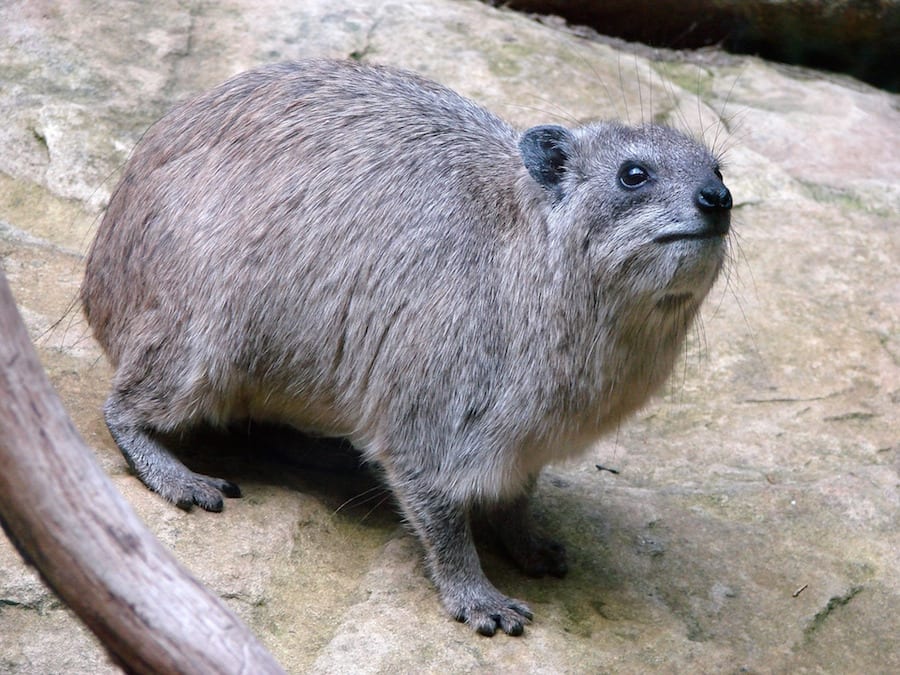
The same fynbos shrubs that make hiking on the Table Mountain scenic have made its seemingly bare rock faces devoid of big game so common in African plains. Fynbos plants are low in nutrients and therefore unable to sustain large herds of grazers, but they do support a population of smaller animals like Cape grey mongoose, porcupine, genet and the adorably furry rock hyrax. Locally known as dassie, the rock hyrax may look like a rabbit, though they are actually the elephant’s closest living relatives. They are common on the slopes of the Table Mountain, and are quite used to the crowds.
Hikers From Around the World
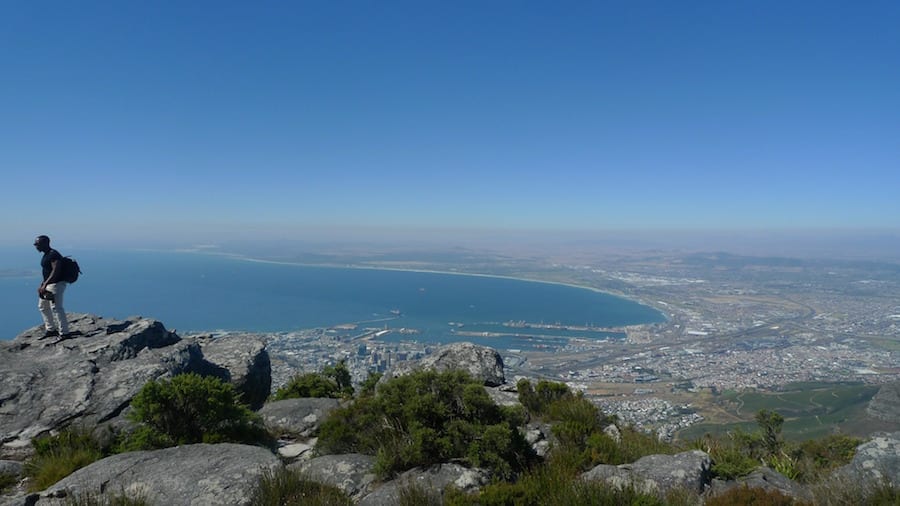
As a popular South African landmark, the Table Mountain draws its share of crowds, some of whom prefer to experience the mountain by scrambling on all fours. If you are a naturally shy traveler, hiking the Table Mountain makes it easy to strike up a conversation with a total stranger because of shared challenges in getting to the top.
History
In 1503, a Portuguese admiral named Antonio de Saldanha climbed the Table Mountain not for bragging rights, but to locate his fleet. He took the most obvious route to the top via the Platteklip gorge, and consequently was the first Westerner to have summited the mountain. (So it was bragging rights, after all.) He was also responsible for the mountain’s rather un-exotic name compared to the Khoekhoe’s ‘Hoerikwaggo’ or ‘mountain in the sea.’ But at least the Portuguese ‘Taboa do Cabo’ was confirmed a century later by the Dutch ‘Tafelberg’ when the explorer Joris van Spilbergen sighted a “high hill, flat and square like a table.” This geologic piece of furniture rising out of the sea eventually became the backdrop for a Dutch settlement built there in 1652.





